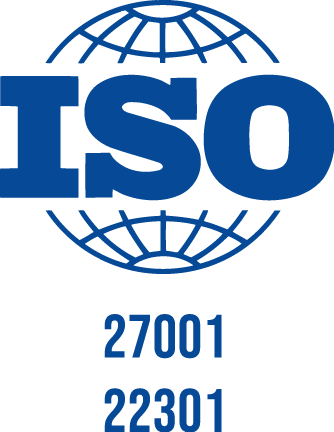Predictive Segmentation
What is Predictive Segmentation?
Predictive segmentation is a method that aims to identify customer segments likely to react predictably to specific future events and conditions. This approach ensures the automatic formation of these segments and utilizes predictive analytics & data-driven insights to achieve a more refined categorization.
This strategy utilizes a variety of data points, such as demographic data, browsing habits, purchase histories, and more. Therefore, the goal is to create segments that are likely to display comparable behaviors in the future.
It empowers businesses to move beyond generic marketing strategies. This shift involves embracing a data-driven approach that not only boosts engagement but also enhances conversion rates and customer satisfaction. It aligns your efforts with the actual behaviors and preferences of your audience, leading to more successful outcomes across various aspects of your business.
Why Using Predictive Segmentation is Important
Predictive segmentation offers several advantages that can significantly enhance your marketing and business strategies.
Precise Targeting: The method allows you to identify specific groups within your audience that are most likely to engage with your products or services.
Personalization: By comprehending the unique behaviors and preferences of different segments, you gain the ability to tailor your marketing messages and offers. This ensures that your communication resonates effectively with each specific group.
Increased Conversions: When you deliver relevant content and offers to segmented audiences, you’ll likely see higher conversion rates.
Lower Churn: Predictive segmentation can help you identify customers who are at risk of churning. Therefore, it helps you work on retaining them.
Maximized ROI: By concentrating efforts on high-conversion segments, maximize ROI in marketing campaigns. This ensures efficient resource allocation, leading to greater overall success.
Customer Satisfaction: When customers feel a business understands their needs and preferences, they’re more likely to have positive perceptions. This fosters a stronger connection with the brand.
Competitive Advantage: Businesses that effectively employ predictive segmentation can stay ahead of competitors. They achieve this by tailoring offerings to match evolving customer behaviors and preferences.
Data-Driven Insights: Creating predictive segments involves analyzing customer data in depth. This analysis can yield valuable insights into customer behaviors, which can inform various business decisions beyond just marketing.
Improved Product Development: Understanding the needs and preferences of different segments can provide guidance for developing new products or refining existing ones to meet customer demands better.
Long-Lasting Customer Relationships: By consistently delivering relevant content and experiences, you build stronger, long-lasting relationships with your customers.
